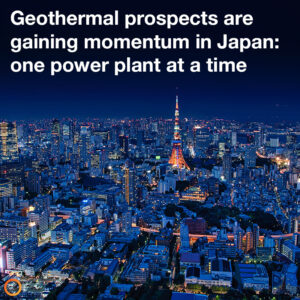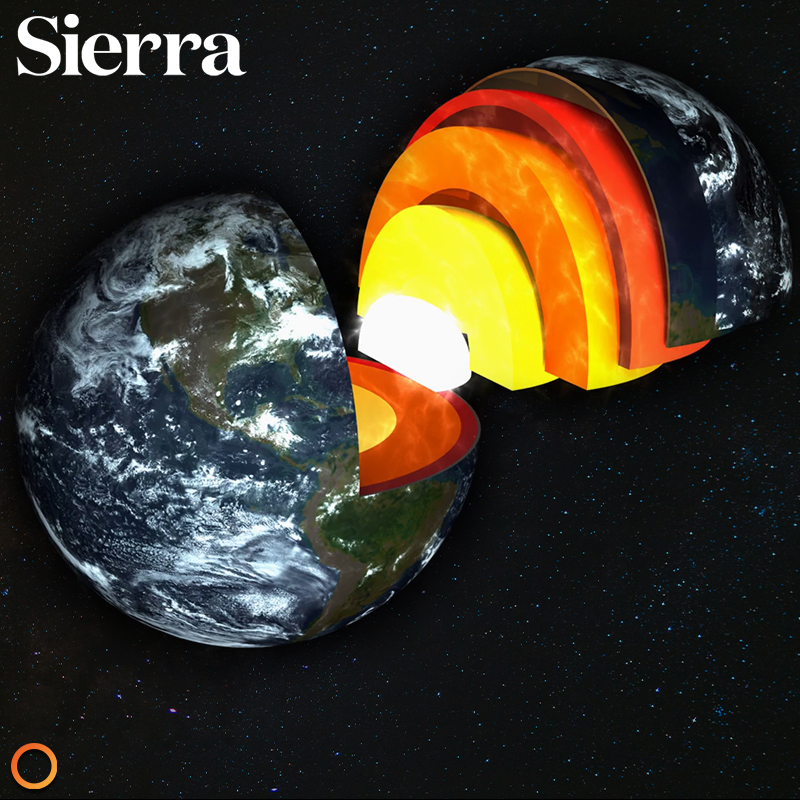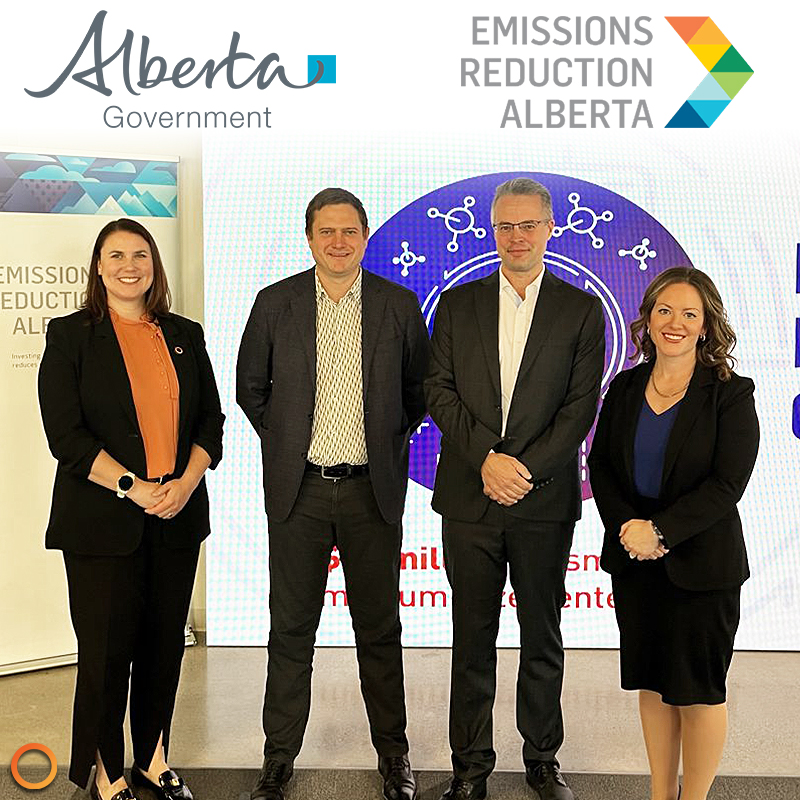To provide clean energy for future generations, CEO and founder of supermarket chain Kobe Bussan, Shoji Numata is building a geothermal power plant on the island of Kyushu in southern Japan.
The plant is scheduled to be completed within a year, and has potential to provide electricity to approximately 8,000 homes.
“It’s a stable power source 24 hours a day, and it has the lowest carbon dioxide emissions among renewable energies,” Numata said in an interview with ABC News Australia.
“I am determined to spend all the money I have for the sake of the next generation.”
The article states that projects like Numata’s are considered a “gamble” in Japan, as many in the country remain highly skeptical about geothermal technologies. Onsen (naturally occurring hot springs) are central to many Japanese activities, and it’s deeply rooted within Japanese history and cultural values.
Plus, it’s a booming tourism industry for both for locals and international visitors. Henceforth, tapping into this resource has been the source of great debate over how geothermal plants may impact this millennia-old industry. Yet, according to ABC and The Japan Times, more Japanese onsen owners and visitors are beginning to understand geothermal differently, even view it as a valuable clean resource.
Japan is home to over 200 volcanoes, making it the third-largest geological reserve in the world. According to Prof. Sachio Ehara in an interview with VICE, Japan has enough geothermal energy to replace 20 nuclear power plants. This equates to meeting about 10 percent of Japan’s overall energy needs. However, geothermal is currently only providing about 0.3 percent of energy supplied in the country.
Representative of Eavor Japan, James Heatherington, has stated that the path towards increased geothermal use comes with long-term engagement, and commitment to communication is essential for building trust.
“It’s always important to understand that you have to work with the locals, local communities, and stakeholders to get things going. A tremendous amount of engagement is necessary.” Heatherington said.
Numata’s geothermal plant is taking a more conservative approach in energy production to build just that. Generators will be located about 3-5 kilometers away from onsen resorts, and will use only 30 percent of the underground reserves, rather than the 80-90 percent its full potential can achieve.
Numata further commented that the key is to work slowly; one step at a time.
“We can’t rush. It will take 10 to 20 years,” Numata said.



















